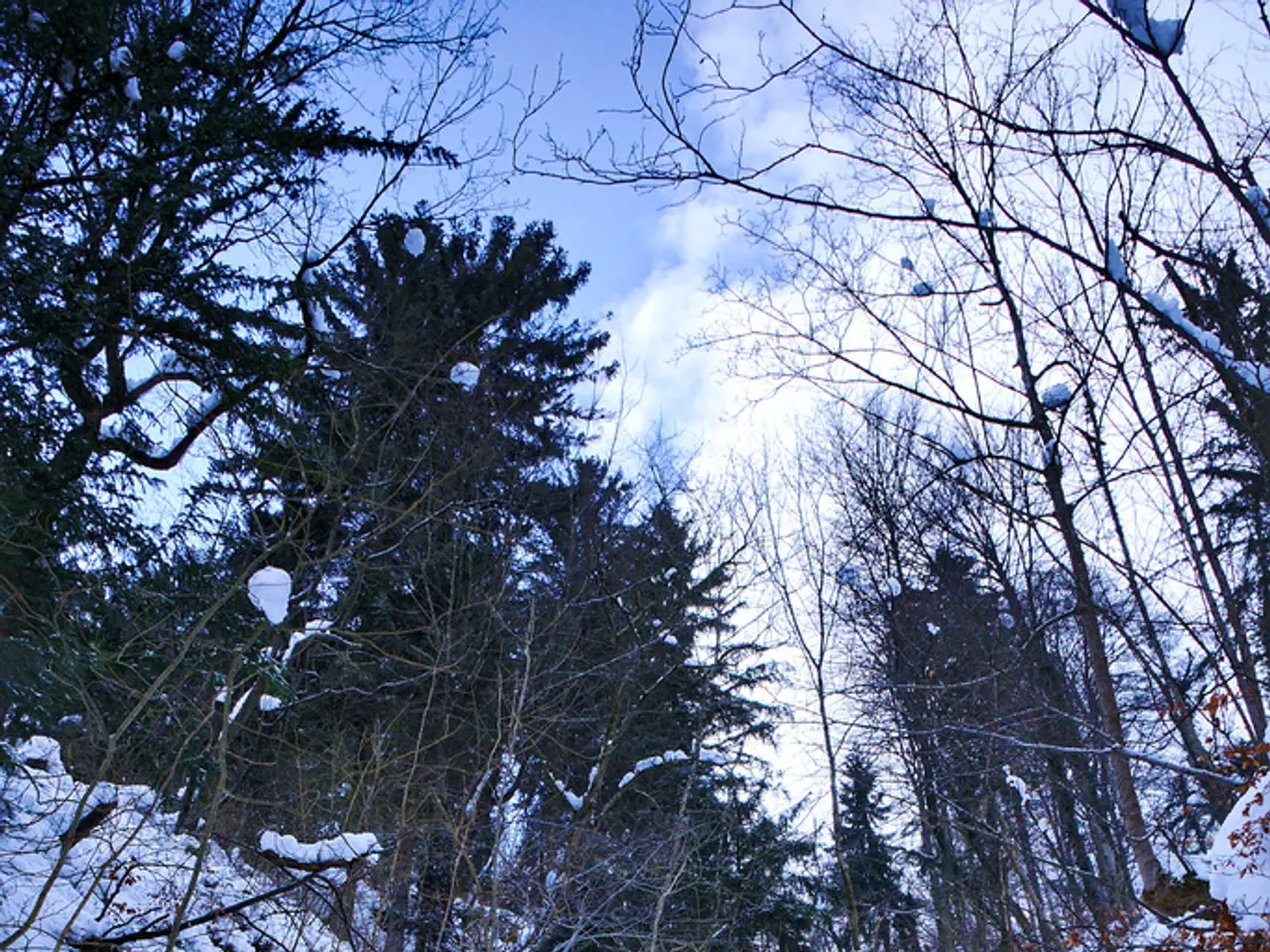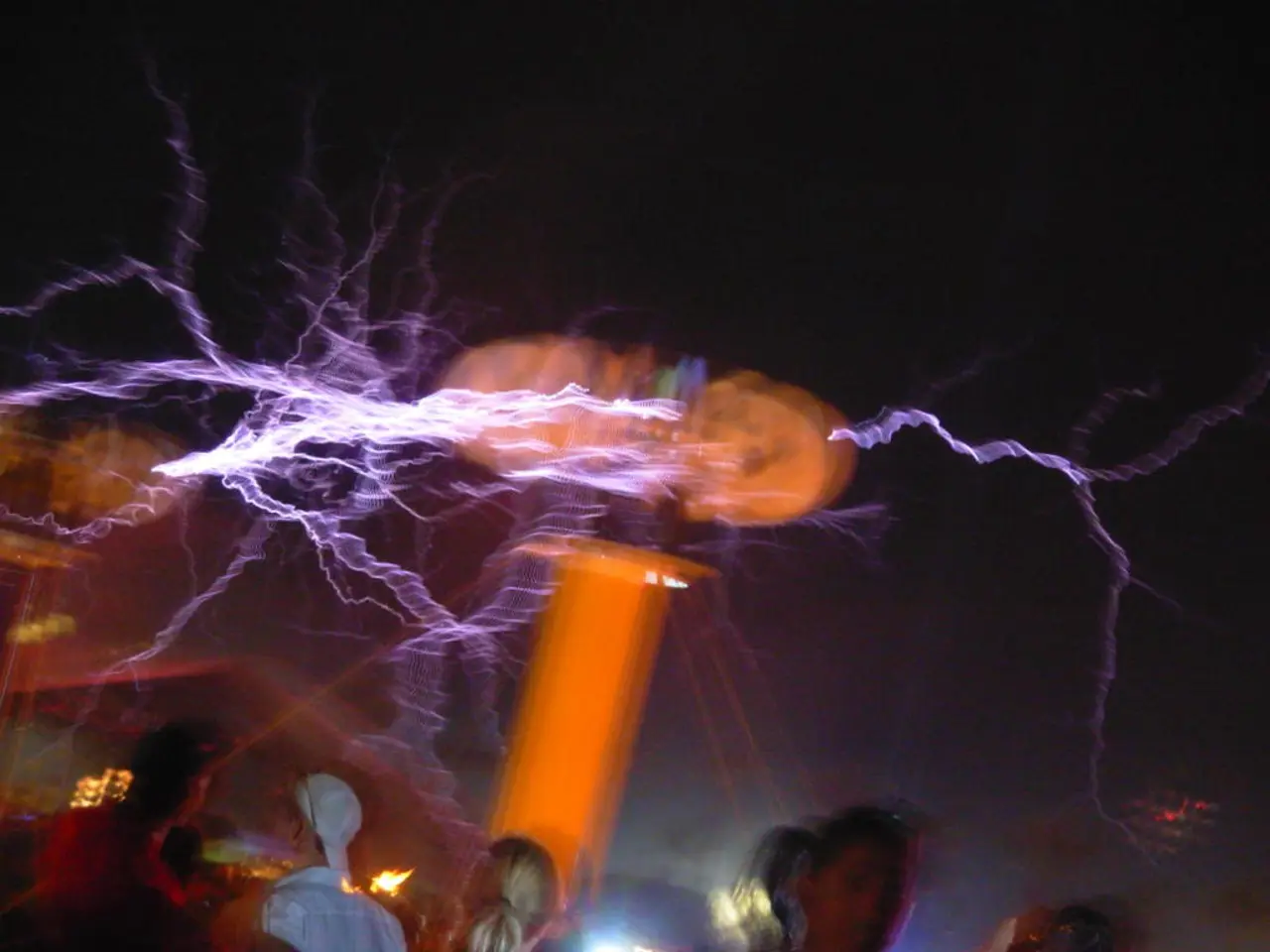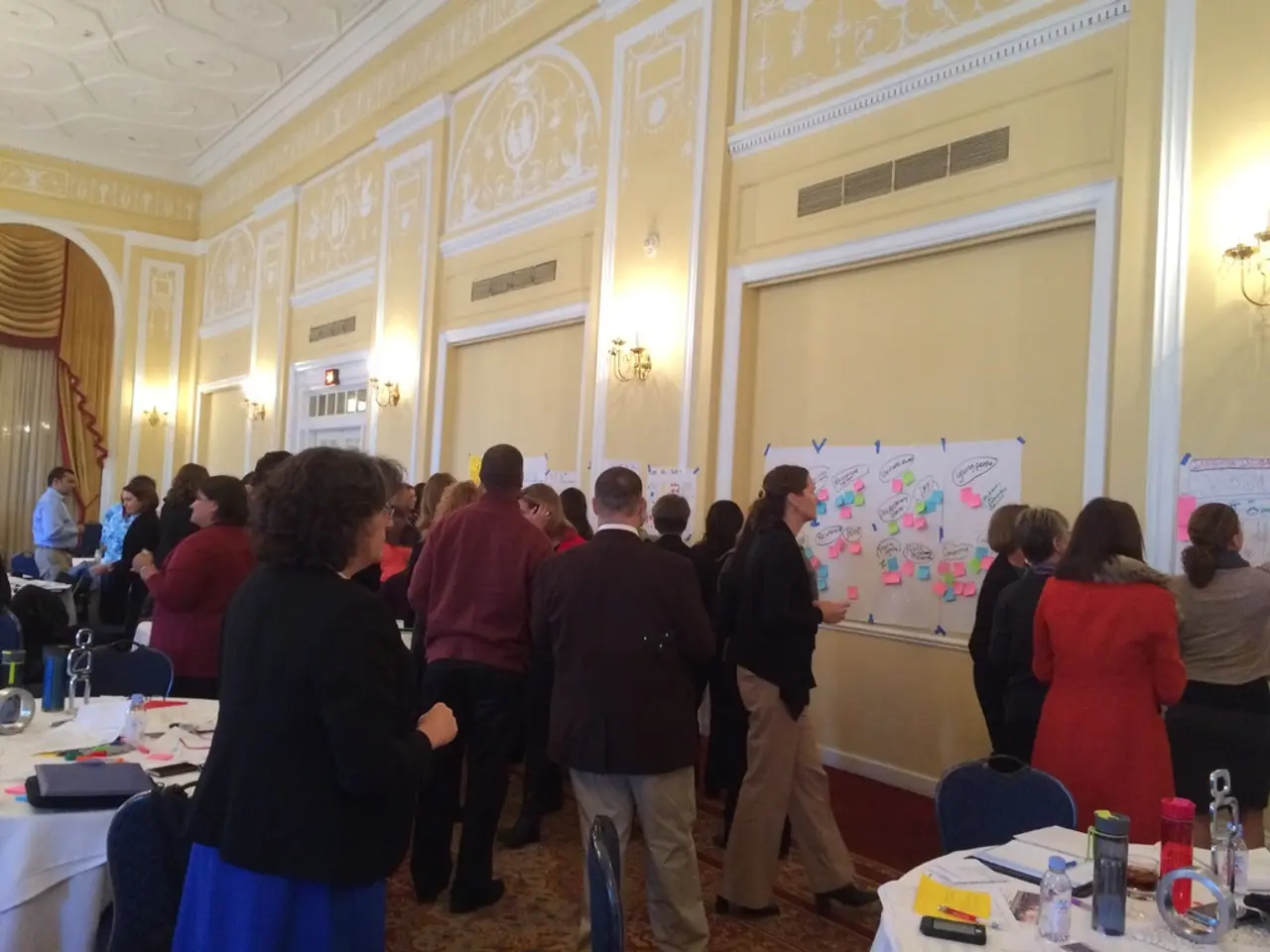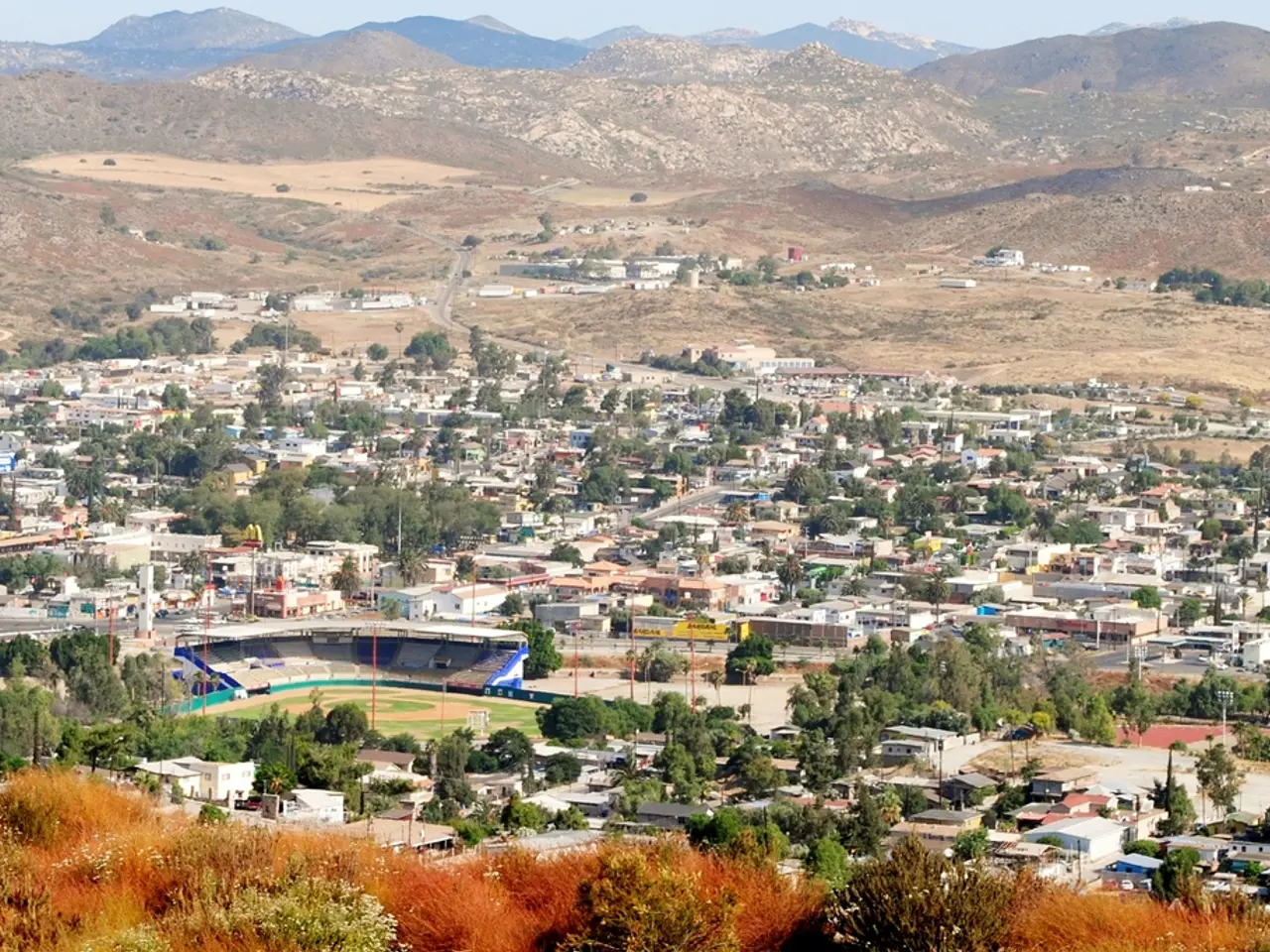Wildfire Spreads in California, Forcing Residents to Evacuate
In the aftermath of the devastating fires in Los Angeles last January, which left a trail of destruction with more than 16,000 buildings burned down and at least 31 lives lost, Southern California continues to grapple with the challenges posed by heatwaves and dry conditions. Dangerous weather conditions are expected to persist over the weekend, including a heatwave with hot, dry, and windy conditions.
The Canyon Fire, which started on Thursday near Los Angeles, has already charred an area of approximately 22 square kilometers. Thousands of people were ordered to leave their homes immediately, and around 14,000 residents were alerted to prepare for possible evacuation. As of Friday, more than 400 firefighters were actively fighting the Canyon Fire, with the assistance of the National Guard and the Federal Emergency Management Agency (FEMA).
Governor Gavin Newsom expressed his gratitude to the firefighters, referring to them as "brave men and women." The firefighting efforts were aggressive, both from the air and on the ground, with tasks including creating firebreaks and removing flammable materials such as fallen trees.
In an effort to prevent such catastrophes in the future, Southern California is implementing a comprehensive wildfire prevention and control strategy. Key wildfire mitigation efforts focus on strengthening the electrical system to lower wildfire risks associated with power lines and reduce the need for Public Safety Power Shutoff (PSPS) outages in high-risk areas. This includes filing detailed Wildfire Mitigation Plans that outline strategic actions coordinated with state wildfire prevention resources and forest management.
At the community and homeowner level, proactive home protection measures are emphasized. Homeowners are encouraged to conduct wildfire safety assessments to identify vulnerabilities around their properties, create defensible space by clearing dry vegetation, trimming trees, and establishing buffer zones to reduce fuel sources near structures, and upgrade homes with fire-resistant materials such as Class A-rated roofing, ember-resistant vents, and tempered glass windows.
Technological innovations also play a critical role. Southern California is deploying over 1,100 AI-enabled mountaintop cameras to detect fires early, complemented by satellite monitoring from NASA and new global constellations for rapid fire detection. These tools enable quicker firespotting and response. Firefighter equipment is evolving to include smart gear and pilotless helicopters, aiming to drastically limit fire growth early.
After recent major wildfires, state government initiatives such as the Engaged California platform encourage impacted residents to contribute to effective rebuilding and recovery, streamlining permit processes with AI-driven tools and providing financial assistance to homeowners.
Inmates are contributing to the fire-fighting efforts, a common practice in California for decades. In January of last year, up to 900 inmates were deployed in the Los Angeles area during devastating fires.
Together, these efforts—system hardening, community-level preparedness, next-generation detection technology, and supportive government programs—form a comprehensive wildfire prevention and control strategy tailored to the challenges posed by Southern California’s heatwaves and dry conditions.
Other weather conditions are expected to persist over the weekend, potentially exacerbating the wildfire situation in Southern California. Homeowners need to prepare for other weather threats, such as heavy winds and rain, in addition to the current heatwaves.
Despite these difficulties, the officials and firefighters working tirelessly on wildfire prevention have developed a comprehensive strategy to cope with the other weather challenges in Southern California. This strategic approach includes strengthening the electrical system, implementing early fire detection systems, and improving community preparedness for various weather scenarios.








